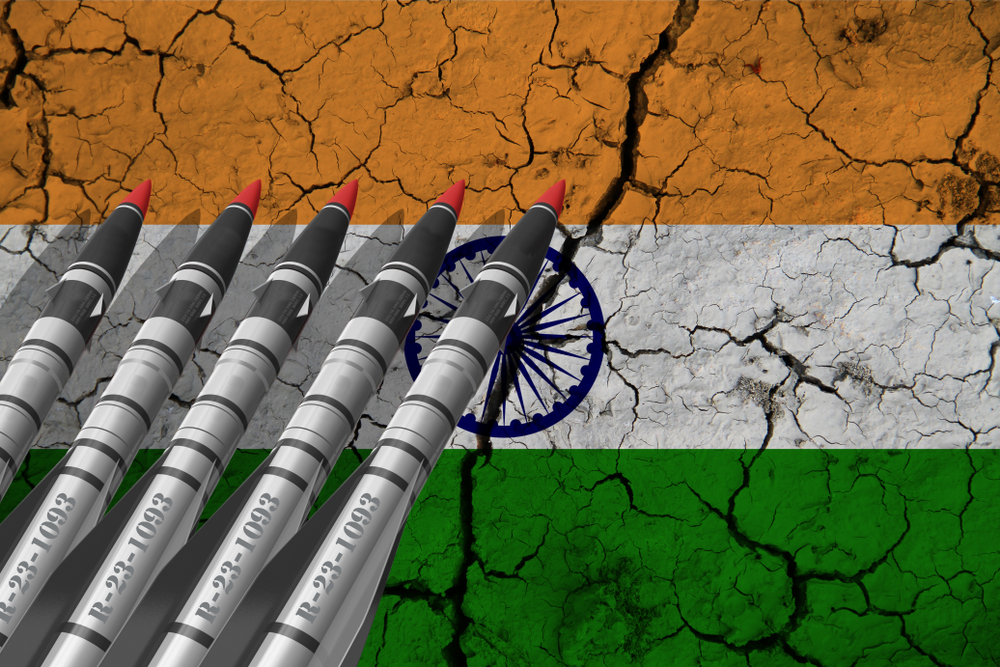
TERROR SURGE J&K: NEXT LIKELY STEPS BY PAKISTAN’S DEEP STATE AND INDIA’S COUNTER
 Mon, 15 Jul 2024
| Reading Time: 5 minutes
Mon, 15 Jul 2024
| Reading Time: 5 minutes

I received a surge of public interest in response to my recent analyses in the media on why Jammu has become the new Kashmir, in terms of frequency and intensity of terror strikes by Pakistan sponsored radical terrorist groups. They have even started carrying fancy names, such as Kashmir Tigers. Many interesting questions have been thrown at me. That is when one realises just how intelligent the common man is.
Many of these questions, some linked even to purely military aspects, helped me revive memories of multiple tenures that I was privileged to serve in the tense environment of J&K. One thing is for certain, nothing new ever happens in the J&K region. If you have a memory for such things, you will recall and relate many past occurrences to the current situation in Jammu division. There have been cycles of violence which have been triggered by a certain type of proxy war activity. These have mostly come full circle ending in their neutralisation by some innovative counter measures. A similar cycle is repeated after a couple of years.
Countering these takes time and includes re-mustering and redeployment of resources, securing the affected geographical area and then adopting aggression from a position of strength. There is an interim period before optimisation is achieved, but in that period, there are setbacks and casualties. These are never taken kindly by public opinion and resentment mostly expressed through the voice of the media. This is exactly what is being witnessed in Jammu division. We saw this in 1999-2003 too when the so called ‘fedayeen’ attacks on posts, headquarters and even civilian institutions, became a norm. Terrorists in the garb of soldiers or policemen sneaked in surreptitiously or by deception, and caused mayhem once inside. They were always ready to die and came high on drugs or liquor. I recall how a particular patrol found that it came back to its post with more members of the patrol than they set out with; only to realize that two ‘add ons’ were actually terrorists who joined in at the end while the patrol was returning to base. It took us fairly long to get our entry drills into camps sorted out and construct elevated sentry posts from where the sentries could respond without themselves being targeted. Eventually the Indian Army and the rest of the SF defeated the suicide attacks effectively but we had to absorb many casualties.
The Indian Army is never known to sit back and bask in the light of its umpteen achievements in the field of counter terrorism. Yet it cannot maintain one tempo of operational activity at a high pitch for ever, that too all over the area of responsibility. As threats start petering out in some areas there will inevitably be some dilution of military operational activity and some redeployment to strengthen other sectors under threat. That is why reading the situation, anticipating, prophesying, forecasting and keeping reserves for unseen contingencies is all a part of military prudence, not always achievable or demonstrable because of shortage of troops. Jammu division has had the benefit of three Rashtriya Rifles (RR) light divisions (one from 1994 and two were added in 2000).
The intensity of terrorism was high there but always less than the Valley. Bulk of the RR’s 63 units have remained deployed in Kashmir. The RR forces in Jammu division, during the heyday of terrorism there (1995-2008), were reinforced by a mountain division from Sikkim and a Command reserve division, besides the LoC divisions. In fact, even the Armed Forces Special Powers Act 1990 (AFSPA-1990) was activated in the Jammu districts only in 2001. By 2008 the degree of violence had reduced and thereafter as stone throwing demonstrations rocked Kashmir, Jammu saw a dilution of separatist violence although it never ceased completely.
To supplement the troops deployment here through the Nineties and the early 2000s, Village Defence Committees (VDCs) were formed and trained; they proved to be very useful, in the remote areas. However, these too fell by the way once violence reduced. The intelligence grid in the region also met with the same fate. Organisations such as the Special Operations Group (SOG) of the J&K Police (JKP) continued to do excellent work in the Valley, like they always had but it was natural that the Jammu intelligence grid could not keep pace with that of Kashmir.
The return of violence to Jammu division stems from the fact that it is far more difficult for Pakistan to make an impact in Kashmir because of the current strength of comprehensive security there. Pakistan, having to remain relevant in J&K has chosen to temporarily focus its efforts on Jammu. Let there be no misnomer that its priorities have changed; they have not. Only temporarily there is suspension of the Kashmir strategy until more conducive times. Pakistan perceives that such times will return, a perception that deserves a separate essay.
So, what is Pakistan likely to do in the near future. Clearly it does not wish to overstep and cause an escalation. The denial factor remains an important issue. It cannot allow things to go so overboard that internationally India gets leverage; thus far there is only empathy from the international community with no cognizance taken of the quarters from where the terrorists have been directed. Temptation to do a big act such as Pulwama or Uri is high, or simply get an impact through targeting the ongoing Amarnath Yatra; I am not sure if Pakistan would wish to do so.
Stepping into the potential of the very dangerous domain of an Indian response, and one with vengeance, that could trigger an escalation, may be too high a risk. What definitely remains a viable option is a series of smaller acts of violence with at least one or two being directed towards the celebrations for 25th anniversary of Kargil. The celebrations themselves need to be fully secured. All institutions in J&K need that security, at least for the week leading and following Kargil Diwas since symbolism remains an important element here.
Pakistan will prefer that the restoration of the democratic process in J&K be put off by any means. It is yet debatable whether the Central Government will wish to postpone the assembly elections, despite Supreme Court directions. The security situation and the assessment of the overall impact will be the considerations while making a decision.
Lastly, I would like to put a reminder to those in positions of decision-making authority. As I said, every cycle of past activity in J&K is recycled in some form or the other. In 2014-15, Pakistan changed its approach when infiltration as the means to induct human resources became extremely challenging and the timeline for doing big acts after any infiltration of resources and experienced leadership was forcibly extended to two to three weeks. That is when it started to target smaller establishments and objectives in the vicinity of the International Boundary (IB) and the LoC. The Samba attacks took place, as did the attack on the Mohra gun position in the Jhelum Valley; and on the brigade headquarters at Poonch and Tangdhar. Smaller objectives such as these could be hit within 24-28 hours of infiltration.
Today, this is what all Security Forces should be wary of. Their greatest vulnerabilities do not lie in the hinterland where the RR is in a strong grid. The vulnerabilities are in proximity to the LoC. Vehicular movement for basic logistics and for induction and dei-induction etc is all vulnerable. It’s a ‘Back to Basics’ scenario which needs to be taken up by all forces, the Army the most because of the humongous logistics effort which goes on, simply to keep troops in readiness for war.
These are one of those times when planning anything for the long term becomes a major challenge. Yet, let it be known to Pakistan that the powder is always dry, and India’s response propensity is not something that can be predicted. Ways to demonstrate this need to be evolved and early too.
Disclaimer
The opinions expressed in this article are the author’s own and do not reflect the views of Chanakya Forum. All information provided in this article including timeliness, completeness, accuracy, suitability or validity of information referenced therein, is the sole responsibility of the author. www.chanakyaforum.com does not assume any responsibility for the same.
Chanakya Forum is now on . Click here to join our channel (@ChanakyaForum) and stay updated with the latest headlines and articles.
Important
We work round the clock to bring you the finest articles and updates from around the world. There is a team that works tirelessly to ensure that you have a seamless reading experience. But all this costs money. Please support us so that we keep doing what we do best. Happy Reading
Support Us





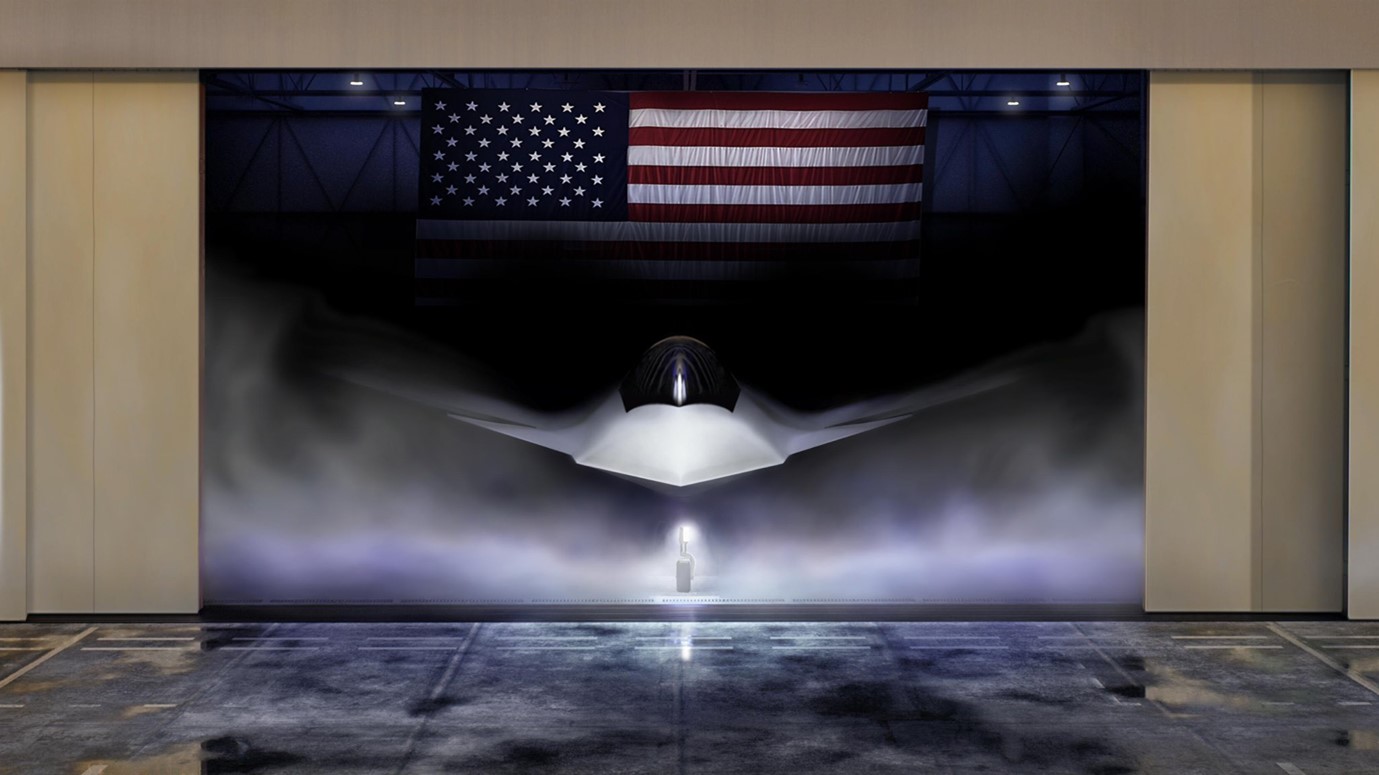
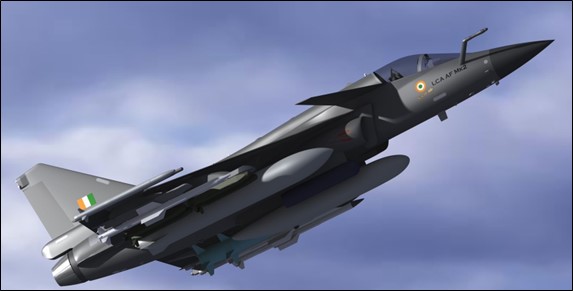
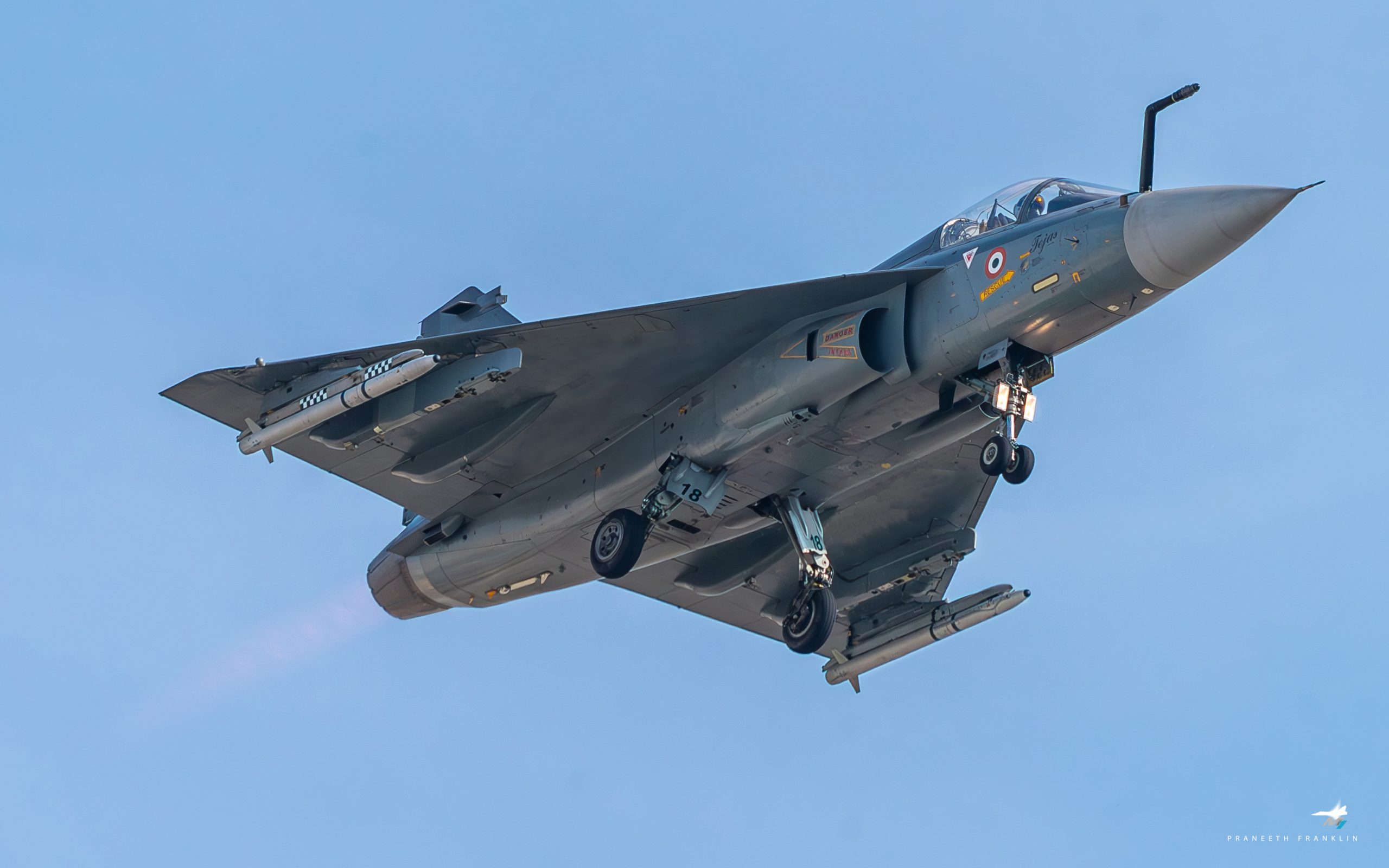
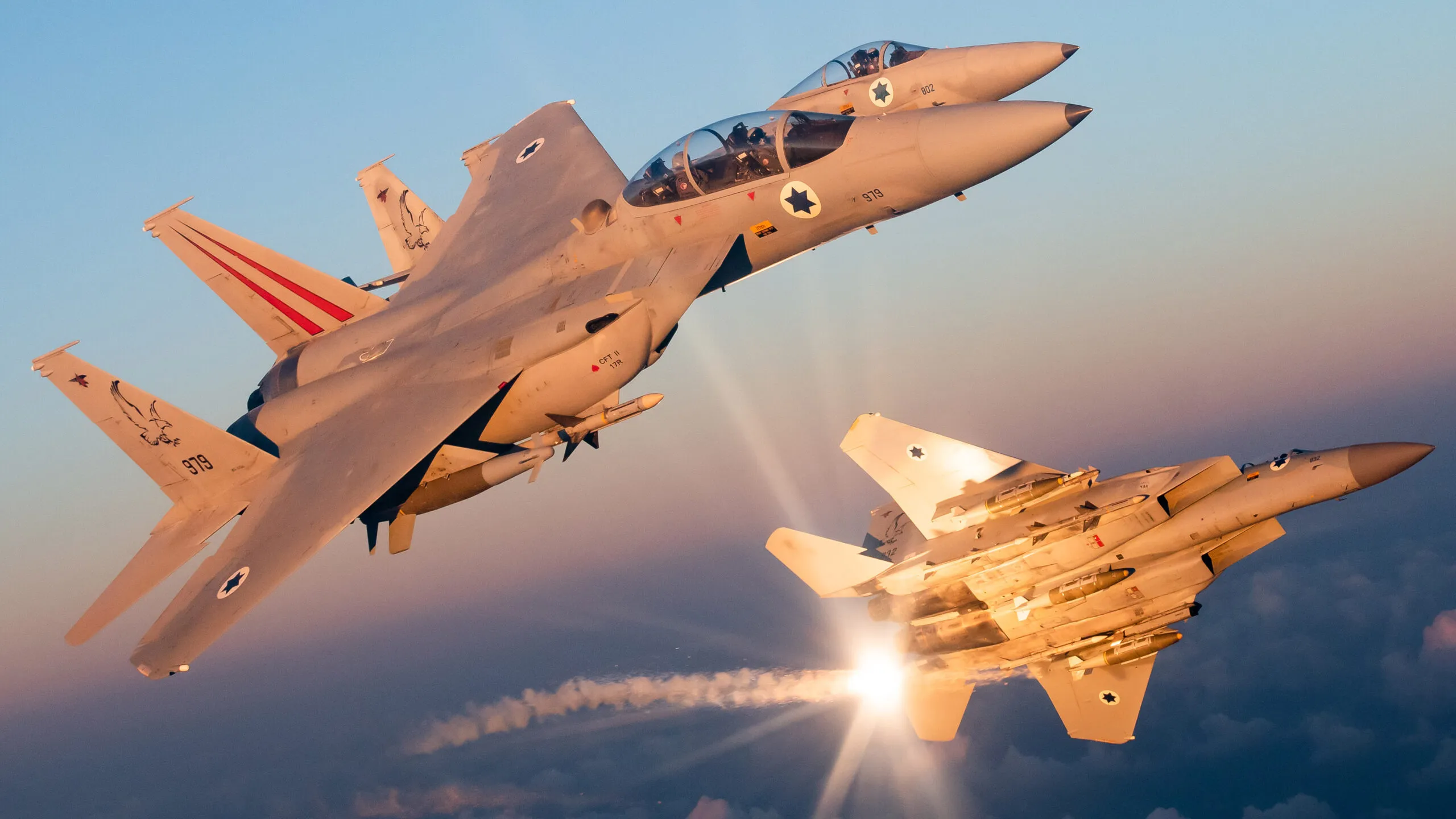



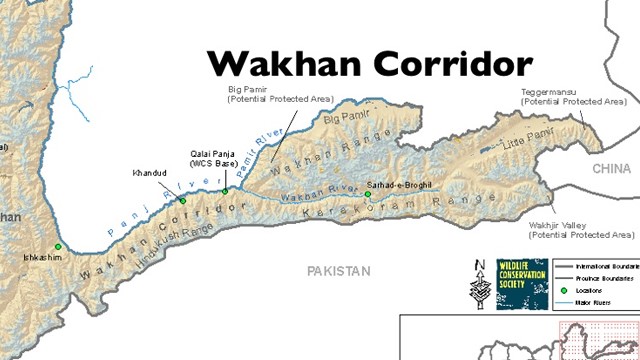


POST COMMENTS (0)